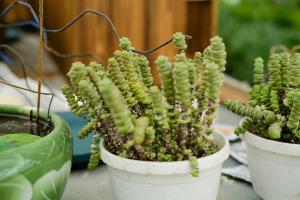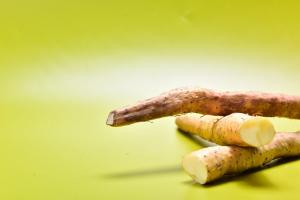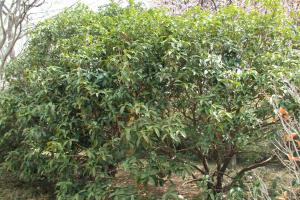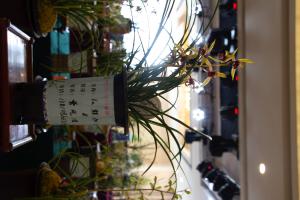Introduction
When it comes to home decor, adding a touch of greenery can really bring a room to life. But not everyone has the time, energy or space to tend to real plants. This is where fake plants come in - a low-maintenance alternative that doesn't require any watering or pruning. But is it really good to have fake plants at home?
Benefits of Fake Plants
One of the main benefits of fake plants is that they require minimal upkeep. Unlike real plants which need to be watered regularly, fertilized and trimmed to avoid overgrowth, fake plants can simply be dusted every now and then to keep them looking fresh. This makes them ideal for people who don't have a green thumb or for spaces where real plants won't thrive, such as windowless rooms. Additionally, fake plants never die, making them a long-term investment and a cost-effective way to add greenery to your home decor.
Drawbacks of Fake Plants
While fake plants can be a convenient and practical choice for some, they do have their drawbacks. First and foremost, they lack the air-purifying qualities and other health benefits that real plants provide. Real plants naturally absorb carbon dioxide and release oxygen, helping to improve air quality and promote a healthy living environment. Fake plants, on the other hand, do not improve air quality and can even release chemicals into the air if they are made of certain materials. In addition, fake plants can sometimes look cheap or fake, detracting from the overall aesthetic of a space.
When to Use Fake Plants
The decision to use fake plants ultimately comes down to personal preference and practicality. If you simply don't have the time or resources to care for real plants but still want to incorporate greenery into your home decor, then fake plants may be the way to go. Some situations where fake plants might be a good choice include spaces that don't receive much natural light, outdoor areas that are exposed to harsh weather conditions or when incorporating greenery into a high traffic area that is likely to be bumped or disturbed.
Alternatives to Fake Plants
If you're hesitant to use fake plants but still want to incorporate greenery into your home decor, there are other options to consider. One option is to use dried or preserved plants, which offer a similar low-maintenance quality as fake plants but are made from real plants. Another option is to use air-purifying plants that thrive in low-light conditions and require minimal care, such as snake plants or pothos. These plants not only improve air quality but also add a touch of natural beauty to any space.
Conclusion
While fake plants can be a practical and low-maintenance option for adding greenery to your home decor, they do come with some drawbacks. Ultimately, the decision to use fake plants or real plants comes down to personal preference, practicality and consideration for the health and aesthetic of your living space. By weighing the pros and cons and exploring alternatives, you can make an informed decision and create a home environment that is both beautiful and sustainable.

 how many times do yo...
how many times do yo... how many planted tre...
how many planted tre... how many pine trees ...
how many pine trees ... how many pecan trees...
how many pecan trees... how many plants comp...
how many plants comp... how many plants can ...
how many plants can ... how many plants and ...
how many plants and ... how many pepper plan...
how many pepper plan...































